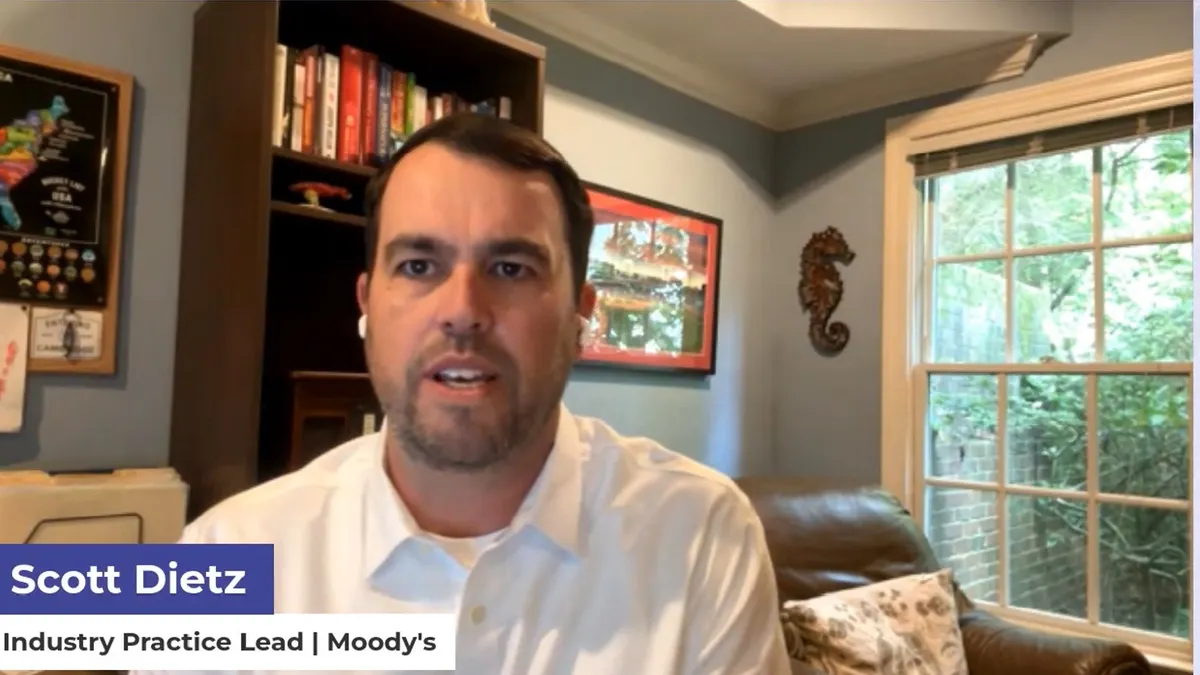Dive Brief:
- Businesses are struggling to accurately forecast their artificial intelligence costs, which are scaling faster than most organizations can track them, according to the results of a survey commissioned by AI cost management firm Mavvrik.
- The stakes could dramatically rise next year as many enterprises scale up their AI investments, according to Mavvrik CEO Sundeep Goel.
- “I personally think Q1 and Q2 of 2026 is when this is going to become real as many pilots are flipped to production,” Goel said in an interview. “My prediction is CFOs are going to have huge cost overruns.”
Dive Insight:
More than half (56%) of companies miss AI cost forecasts by 11%–25%, with nearly one in four (24%) missing them by more than 50%, according to a recent report on the findings. Eighty-four percent of respondents said AI costs were eroding their gross margins by more than 6%, with more than a quarter seeing hits of 16% or more.
“These numbers should rattle every finance leader,” Ray Rike, CEO of software-as-a-service performance metrics firm Benchmarkit, which conducted the study on behalf of Mavvrik, said in a press release. “AI is no longer just experimental — it's hitting gross margins, and most companies can't even predict the impact.”
Corporate AI budgets have soared during the past year as agentic technology has added new fuel to the market’s momentum, according to Ernst & Young.
An EY study released in July found that about 21% of surveyed business were investing $10 million or more in AI, up from 16% just a year ago, while a third (35%) anticipated spending $10 million or more on the technology next year.
Organizations that jump into AI adoption without fully understanding hidden costs may face unexpected financial strain, according to an article published in March by the Catalysis Group, a consulting firm.
Among other areas, companies often underestimate the costs associated with acquiring, storing, cleaning and securing data, Catalysis said.
“What starts as a fun plan to be part of the movement often uncovers significant data challenges born from historical business practices and systems,” the article said.
Mavvrik’s study found that large enterprises are just as likely to miss forecasts by wide margins as small companies.
“Companies in the $10M-to-$50M range are the most likely to hit within ± 10%, possibly due to being AI-native and having built granular cost tracking earlier,” Mavvrik said in its report, which is based on a survey of 372 enterprise organizations across industries and revenue tiers.














